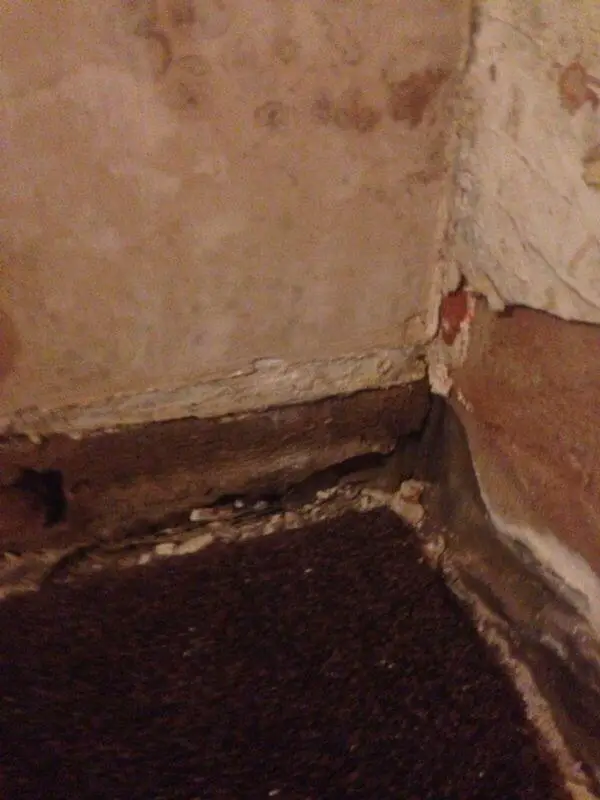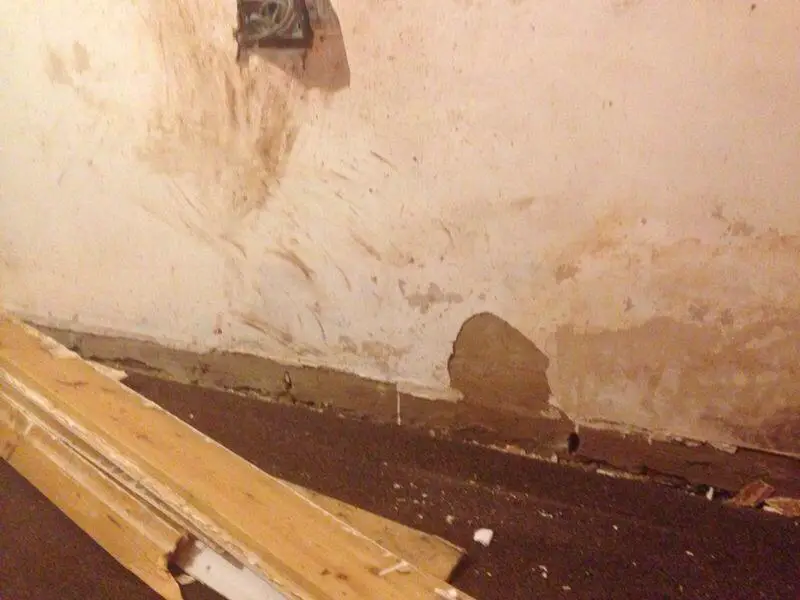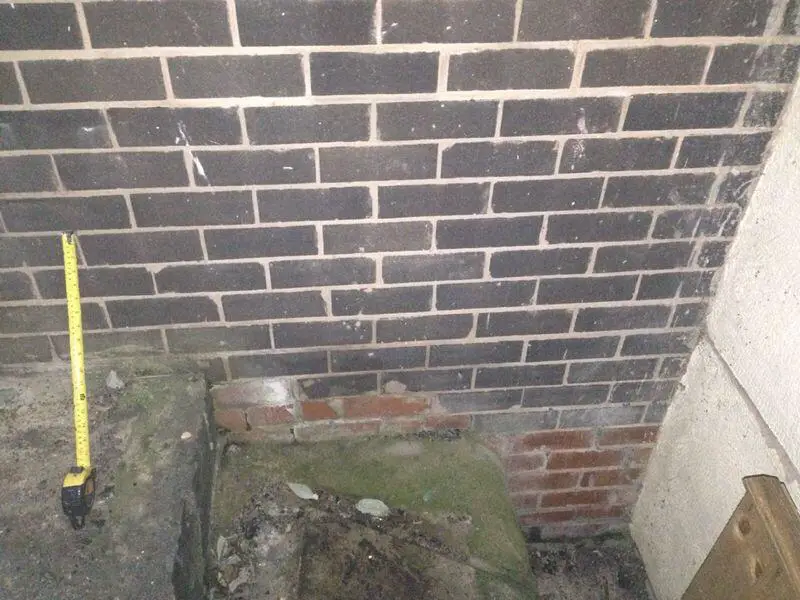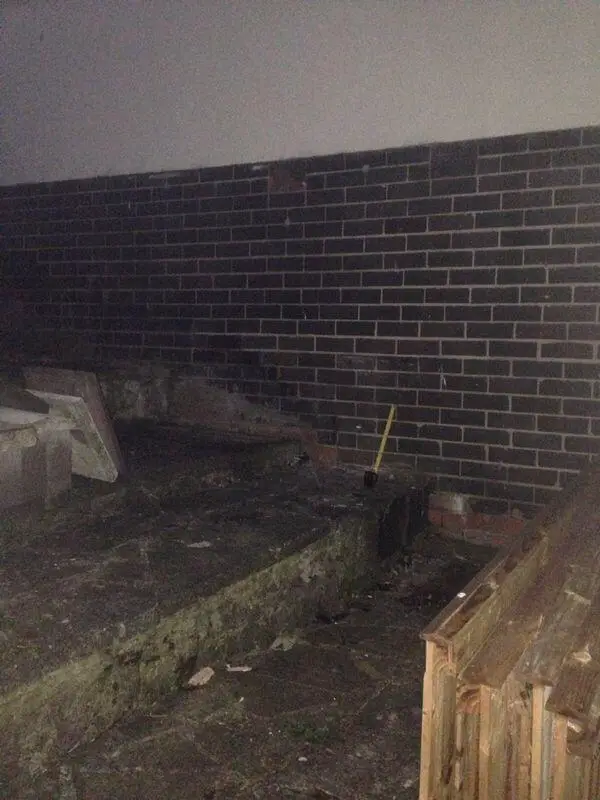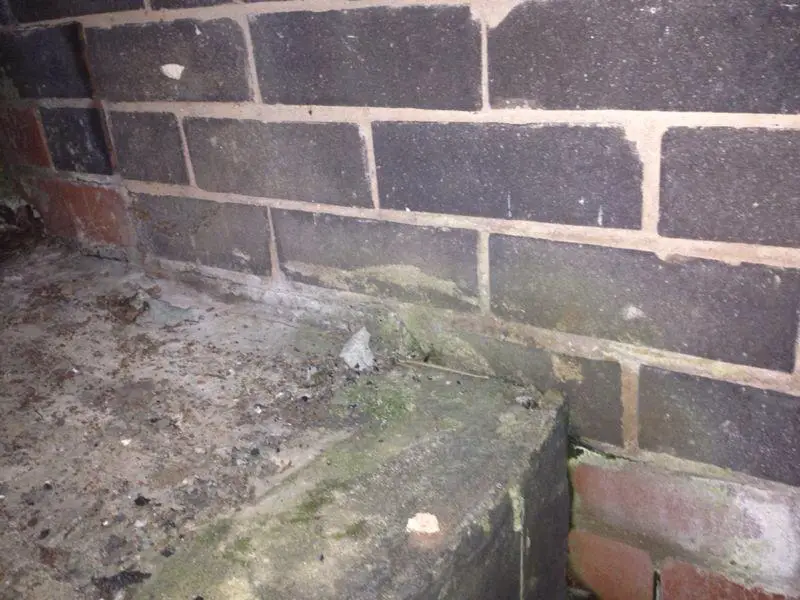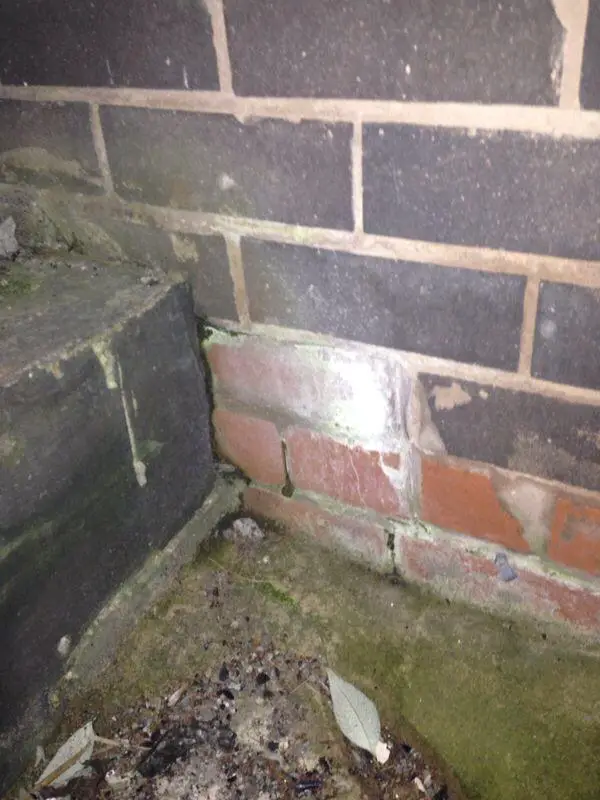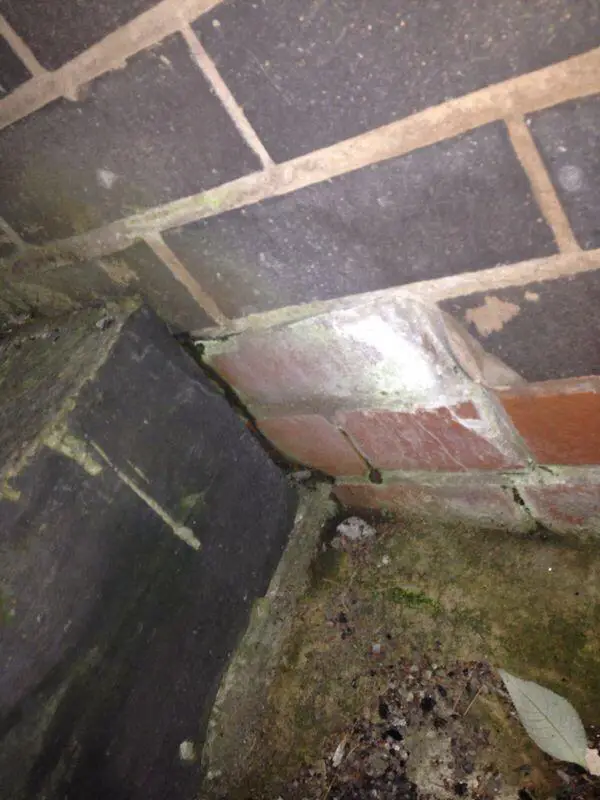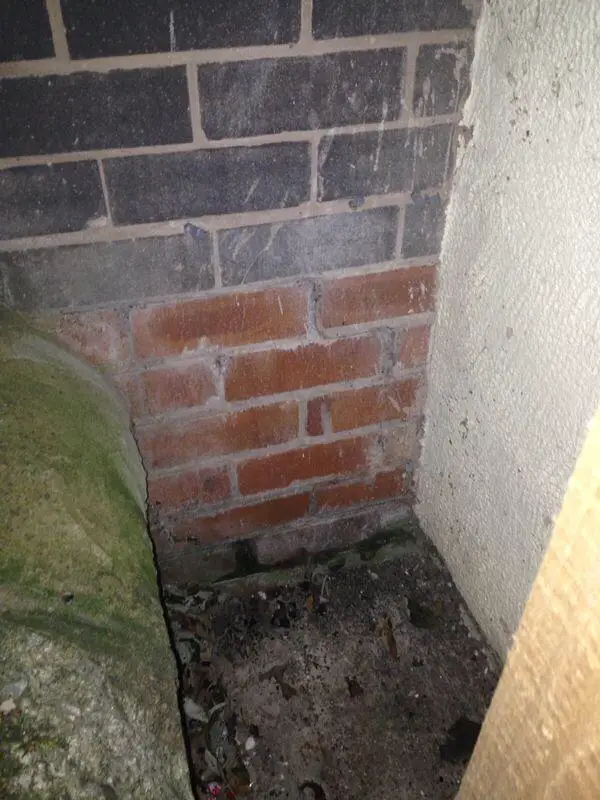Hi guys after some advice on damp before I get someone out and pay them the survey fee!
Pictures explain better then words so here goes. We have these marks on the wall on the inside of the house, it started as a mark but when I removed skirting we noticed plaster was completely different shade darker then the other half of the wall.
The part that looks darker is an outside wall the other side, the part that looks dry further along is where the extension starts on the back of the house (outside pics will explain) the white wall on the right of the first pic is the extension, the tape measure that's on the wall is where the wall inside stops.
The outside at the back looks like this it's built into a bank so the other side of the wall inside is into the void.
Here's a few other pics just to help (if it helps).
Basically what I'm asking is does anyone know what's causing this/how I can fix this myself or is it worth paying someone to carry out the work? Any advice appreciated and if you want any pics info let me know.
After picking some peoples brains a lot have said just repoint the wall outside & cake it in thomsons water seal & try to dry out inside and see if that works & replaster, I have also been told you should not inject the wall as it will do NOTHING if you already have a dpc.
Cheers!
Pictures explain better then words so here goes. We have these marks on the wall on the inside of the house, it started as a mark but when I removed skirting we noticed plaster was completely different shade darker then the other half of the wall.
The part that looks darker is an outside wall the other side, the part that looks dry further along is where the extension starts on the back of the house (outside pics will explain) the white wall on the right of the first pic is the extension, the tape measure that's on the wall is where the wall inside stops.
The outside at the back looks like this it's built into a bank so the other side of the wall inside is into the void.
Here's a few other pics just to help (if it helps).
Basically what I'm asking is does anyone know what's causing this/how I can fix this myself or is it worth paying someone to carry out the work? Any advice appreciated and if you want any pics info let me know.
After picking some peoples brains a lot have said just repoint the wall outside & cake it in thomsons water seal & try to dry out inside and see if that works & replaster, I have also been told you should not inject the wall as it will do NOTHING if you already have a dpc.
Cheers!



